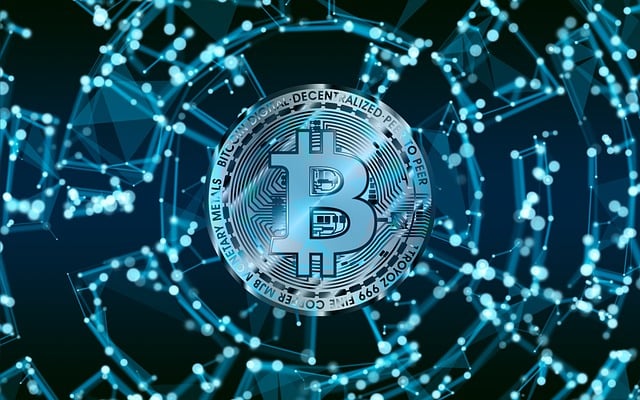XRP, the native cryptocurrency of Ripple, aims to disrupt traditional cross-border payments by offering near-instant, low-cost transactions using blockchain technology. Technical analysis, focusing on historical charts and indicators, helps predict XRP price movements. The impact of crypto on traditional banking, particularly XRP's role, is shaped by regulatory considerations worldwide. As regulators navigate the oversight of digital assets, XRP could revolutionize global money transfers, fostering a more interconnected financial landscape.
“The Ripple XRP coin has garnered significant attention in the cryptocurrency space, promising to revolutionize cross-border payments and challenge traditional banking systems. This article explores the various facets of XRP’s value, from its role as a fast and cost-efficient payment solution to its technical analysis and market trends. We also delve into the regulatory landscape surrounding XRP and its potential impact on global finance, considering the disruptive effect of crypto on traditional banking.”
- The Role of XRP in Cross-Border Payments: Revolutionizing Traditional Banking
- Technical Analysis: Understanding XRP's Price Dynamics and Market Trends
- Regulatory Considerations and the Future of XRP: Impact on Global Finance
The Role of XRP in Cross-Border Payments: Revolutionizing Traditional Banking

XRP, the native cryptocurrency of the Ripple network, has made significant strides in revolutionizing cross-border payments, directly challenging the status quo within traditional banking. Its primary function is to facilitate swift and cost-efficient transactions between different currencies, addressing many of the issues associated with international money transfers. By leveraging blockchain technology, XRP enables near-instant settlements, often completing transactions within seconds, which is a stark contrast to the days-long process typically involved in traditional bank transfers.
This efficient payment system has the potential to drastically reduce fees, making cross-border remittances more accessible and affordable for individuals and businesses alike. The impact of crypto on traditional banking is profound; XRP offers a disruptive force that could streamline global financial transactions, fostering a more interconnected and streamlined financial landscape.
Technical Analysis: Understanding XRP's Price Dynamics and Market Trends

Technical analysis is a powerful tool for investors looking to navigate the volatile world of cryptocurrencies, and it plays an increasingly significant role in understanding XRP’s (Ripple) price movements. By examining historical price charts and utilizing various indicators, traders can identify patterns and trends that may hint at future direction. For instance, the Relative Strength Index (RSI) measures momentum and can signal overbought or oversold conditions, while moving averages help smooth out short-term volatility, revealing longer-term trends.
In the context of the crypto market, the impact of XRP on traditional banking systems is an intriguing aspect to consider. As a blockchain-based payment solution, Ripple’s technology aims to streamline cross-border transactions, potentially disrupting the status quo of international money transfer services. This disruptive potential, combined with technical analysis insights, can offer valuable predictions for investors. Market trends, such as increasing adoption by financial institutions and growing demand for faster, cheaper transactions, often have a direct impact on XRP’s value, making it essential for analysts to stay abreast of these developments.
Regulatory Considerations and the Future of XRP: Impact on Global Finance

The future of XRP and ripple coin is closely tied to regulatory considerations, which play a significant role in shaping the digital currency’s trajectory in global finance. As the cryptocurrency space evolves, regulators worldwide are grappling with how best to oversee and integrate digital assets into traditional banking systems. The impact of crypto on traditional banking has sparked debates about financial stability, consumer protection, and market integrity. XRP, with its focus on fast and low-cost cross-border transactions, could be a game-changer in this landscape.
The regulatory environment is evolving to accommodate the needs of both traditional banks and innovative crypto projects like Ripple. As regulations become more clear and consistent across borders, XRP has the potential to facilitate smoother international money transfers, offering a more efficient alternative to existing systems. This could reduce costs for businesses engaging in global trade, making it an attractive option for financial institutions looking to stay competitive in the digital age.
The Ripple XRP coin has the potential to significantly impact the global financial landscape by revolutionizing cross-border payments and challenging traditional banking systems. Its unique technology offers faster, cheaper transactions, particularly in developing markets where access to banking services is limited. Despite regulatory hurdles and market volatility, the long-term prospects for XRP remain promising. As the crypto space continues to evolve, understanding the dynamics of coins like XRP is crucial for navigating the changing financial environment, especially regarding the impact of crypto on traditional banking.
